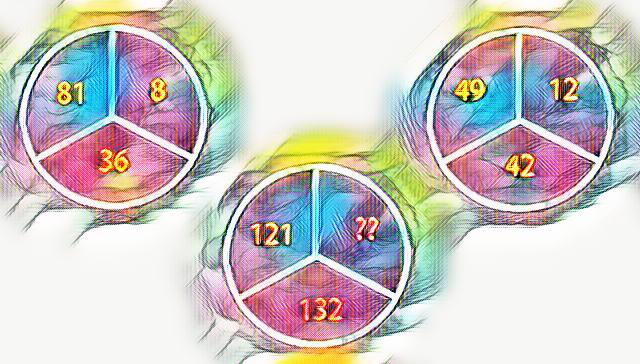MATH PUZZLE: Can you replace...
MATH PUZZLE: Can you replace the question mark with a number?Correct answers: 60
The first user who solved this task is Alfa Omega.
#brainteasers #math #riddles

10 Vampire Jokes for Halloween
Why didn't anyone want to babysit the little vampire?
A) Because he was a pain in the neck.
What is Dracula's favorite place in New York City?
A) The Vampire State Building
What did the little vampire say when he went to bed?
A) Turn on the dark, I am afraid of the light.
What did the vampire say to his victim?
A) It's been nice gnawing you.
Why do little vampires look forward to school lunches?
A) Because they know they won't get stake.
Who did Dracula take out on a date?
A) His ghoul friend
What do vampires fear the most?
A) Tooth decay
How do you join Dracula's fan club?
A) Send your name, address, and blood type.
What's a vampire's favorite fruit?
A) Nectarines
What's a vampire's favorite animal?
A) A giraffe

